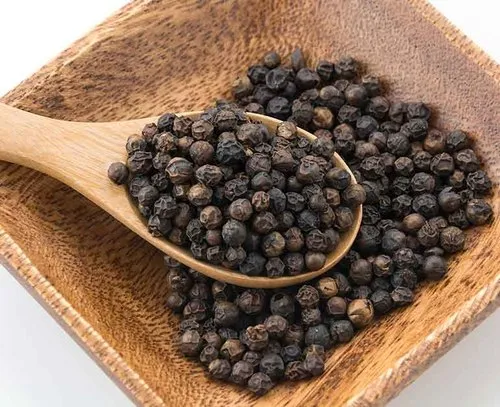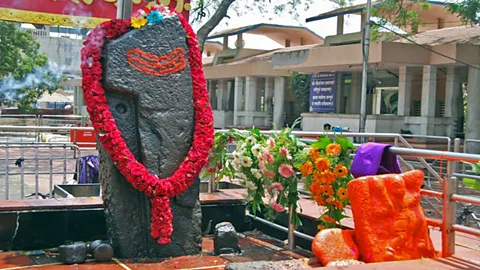Now Reading: Wayanad’s Hidden Spice Farms: The Quiet Backbone of Kerala’s Aroma Economy
-
01
Wayanad’s Hidden Spice Farms: The Quiet Backbone of Kerala’s Aroma Economy
Wayanad’s Hidden Spice Farms: The Quiet Backbone of Kerala’s Aroma Economy

When people think of Wayanad, they picture misty hills, wildlife sanctuaries, and scenic waterfalls. But deep inside the forested slopes and tucked behind homestays and resorts, lie something most tourists miss—small, privately-run spice farms that have been quietly sustaining the region for generations. These farms don’t chase headlines, but they play a crucial role in shaping the flavour and identity of Kerala’s highland economy.
Not your usual plantation tour
Unlike the commercial spice estates in Thekkady or Munnar, Wayanad’s spice farms operate in semi-secrecy. Many are family-owned, passed down across generations, and span just a few acres. But what they lack in scale, they make up in diversity—pepper vines crawl up silver oak trees, cardamom grows in the shade below, and turmeric, ginger, and nutmeg thrive between narrow paths.
What sets them apart is their natural farming practices. Most farmers here avoid heavy chemical use, relying on forest leaf litter, cow dung, and intercropping to keep the soil alive. They’re not doing it for labels or trends. For them, it’s just tradition.
A livelihood rooted in the land
These spice farms aren’t just about production. They’re the backbone of many rural households. A good pepper harvest can fund a child’s education. A few kilos of cardamom sold at the right time can clear an old debt. And while the market prices fluctuate wildly, the farmers continue growing what they know best—spices that suit the climate, soil, and their experience.
Some sell to local traders. Others, quietly, export through middlemen who brand the products elsewhere. The irony is, while many premium spice packets in metro supermarkets trace their origin to Wayanad, few consumers know the name.
Why we don’t hear about them
These farms rarely feature in mainstream travel guides. They don’t host curated tours or Instagram-ready experiences. Most farmers don’t market themselves. Language barriers, lack of infrastructure, and minimal digital access keep them under the radar.
Also, the region’s image has largely been shaped by eco-tourism and tribal welfare narratives. The spice economy, especially its small contributors, often gets sidelined despite its importance.
Challenges behind the aroma
Climate change, erratic rainfall, and declining soil fertility are starting to affect yields. On top of that, young people are increasingly reluctant to continue farming. Many leave for jobs in cities, seeing farming as too uncertain. Add to that market middlemen who pocket a big share, and it’s clear why profits don’t always reach the people doing the hardest work.
Yet, a quiet resilience persists. Some local groups are trying to introduce farm-to-table models, direct sales, and awareness workshops. But change is slow.
In conclusion
Wayanad’s spice farms aren’t flashy. They don’t advertise themselves, and they’re not easy to find. But they represent something that’s disappearing from many parts of India—a sustainable, deeply local way of living off the land. These farms may not seek attention, but they deserve it. Because without them, the real taste of Kerala might slowly fade into memory

























